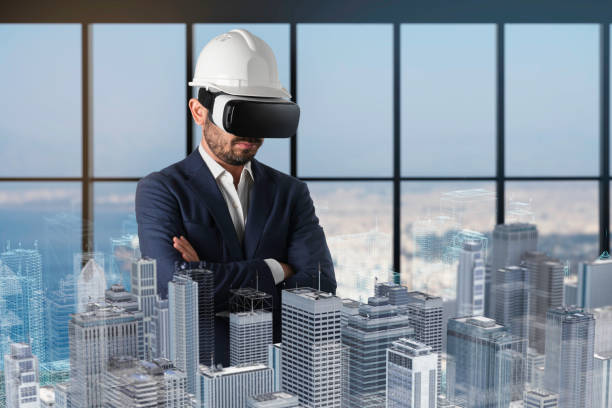As technology continues to evolve, industries across the board are harnessing the power of innovation to enhance efficiency, improve safety, and drive collaboration. One of the most exciting advancements in recent years is the integration of Virtual Reality in Construction sector.
Enhanced Visualization
One of the most significant advantages of virtual reality in construction is its ability to create immersive 3D environments. Architects, engineers, and clients can step inside a virtual model of a project long before it breaks ground. This enhanced visualization allows stakeholders to:
- Identify Design Flaws: Early detection of potential issues reduces costly changes during construction.
- Make Informed Decisions: Clients can better understand the project scope, leading to more informed feedback and choices.
Improved Collaboration
Construction projects often involve multiple teams working together. VR can bridge the communication gap by providing a shared virtual space where everyone can collaborate in real-time, regardless of their physical location. This leads to:
- Streamlined Communication: Stakeholders can discuss design elements and changes while experiencing the model together.
- Faster Decision-Making: Real-time collaboration speeds up approvals and consensus, keeping projects on schedule.
Enhanced Training and Safety
Safety is paramount in construction, and VR offers innovative training solutions that can significantly reduce workplace accidents. By simulating real-life scenarios, workers can:
- Practice Safety Protocols: Trainees can navigate potentially hazardous situations in a controlled environment, enhancing their preparedness.
- Learn Equipment Operation: VR can provide hands-on experience with machinery without the risks associated with real equipment.
Cost Efficiency
Whereas the introductory speculation in VR innovation can be considerable, the long-term investment funds are essential. VR helps in:
- Reducing Change Orders: By visualizing the project before construction begins, the likelihood of costly changes during the build decreases.
- Minimizing Waste: Better planning and communication lead to fewer mistakes and less material waste.
Client Engagement
VR offers a unique way to engage clients throughout the construction process. Instead of relying solely on blueprints and 2D plans, clients can:
- Experience the Space: Virtual walkthroughs provide a realistic sense of scale and design, helping clients envision the final product.
- Provide Feedback: Clients can interact with the design, making it easier to convey their preferences and suggestions.
Future Trends
The adoption of virtual reality in construction is just beginning, and several trends are emerging:
- Integration with Other Technologies: Combining VR with augmented reality (AR) and building information modeling (BIM) will create even more robust tools for construction management.
- Remote Collaboration: As remote work becomes more common, VR will facilitate ongoing collaboration among distributed teams.
- Customization and Personalization: As VR technology advances, it will become easier to tailor experiences to individual client needs, enhancing satisfaction.
Conclusion
Virtual Reality is not just a futuristic concept; it’s a game-changer for the construction industry. By improving visualization, collaboration, safety training, and client engagement, VR is paving the way for more efficient, safer, and more innovative construction practices. As technology continues to advance, embracing VR could become essential for companies looking to stay competitive in a rapidly evolving market.




